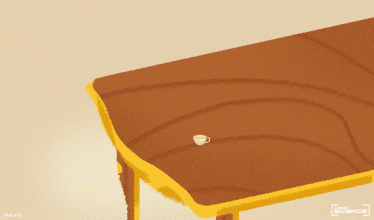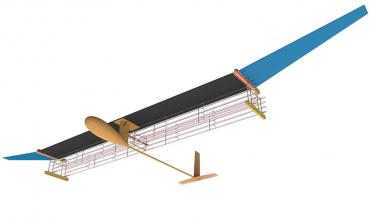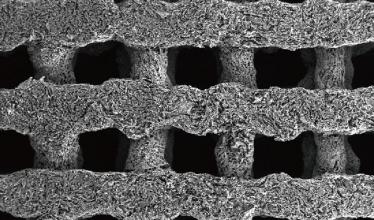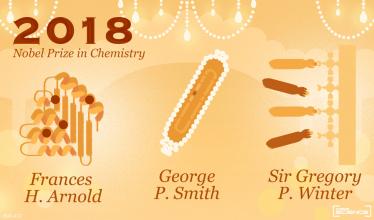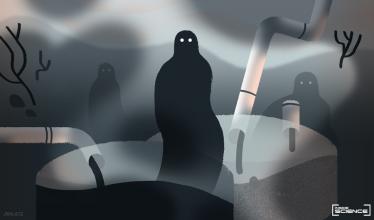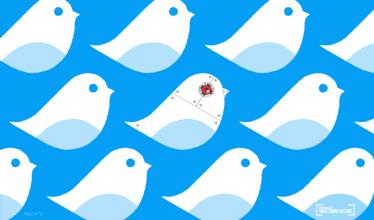Technology
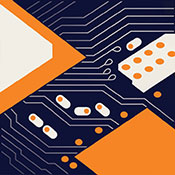 Innovations that shape our world
Innovations that shape our world
Since early humans first tended fires and sharpened spears, we’ve sought to apply our knowledge to shape the natural world to suit our needs. Here we chronicle the promise and pitfalls of this basic human drive in all its present day manifestations – from robots and AI to nanotechnology and materials to devices, transportation, engineering and manmade disasters.
Scientists use ordinary equipment to reveal a hidden picture based on its shadow.
New imaging technique could help study the structure of viruses and proteins and the deformation of materials during high speed collisions.
A cyber attacker could potentially insert a feature that looks like cancer into a scan, or remove it, researchers warn.
Research innovation brings Shrinky Dink-like method to the nanoscale.
A new plane about the length and width of a car propels itself by electrifying air molecules to create an ionic wind.
Heat-tolerant prehistoric enzymes might help produce valuable chemicals and biofuels.
Results from a new survey reveal cultural differences in whom participants prefer to be spared in fatal accidents.
New fabrication technique using porous graphene may result in cheaper and better capacitors in the future.
The 2018 Nobel Prize in chemistry will go to Frances H. Arnold, George P. Smith and Sir Gregory P. Winter for research on enzymes, peptides and antibodies.
For 75 years, scientists have been trying to devise a way to make a vast supply of radioactive and chemically dangerous waste at the Hanford Nuclear Reservation safe.
With civility and democracy on the line, bots, trolls, and their hunters are waging a cat-and-mouse game on the internet.
Researchers discover that enzymes can be used to ward off the effects of damaging nerve agents.




